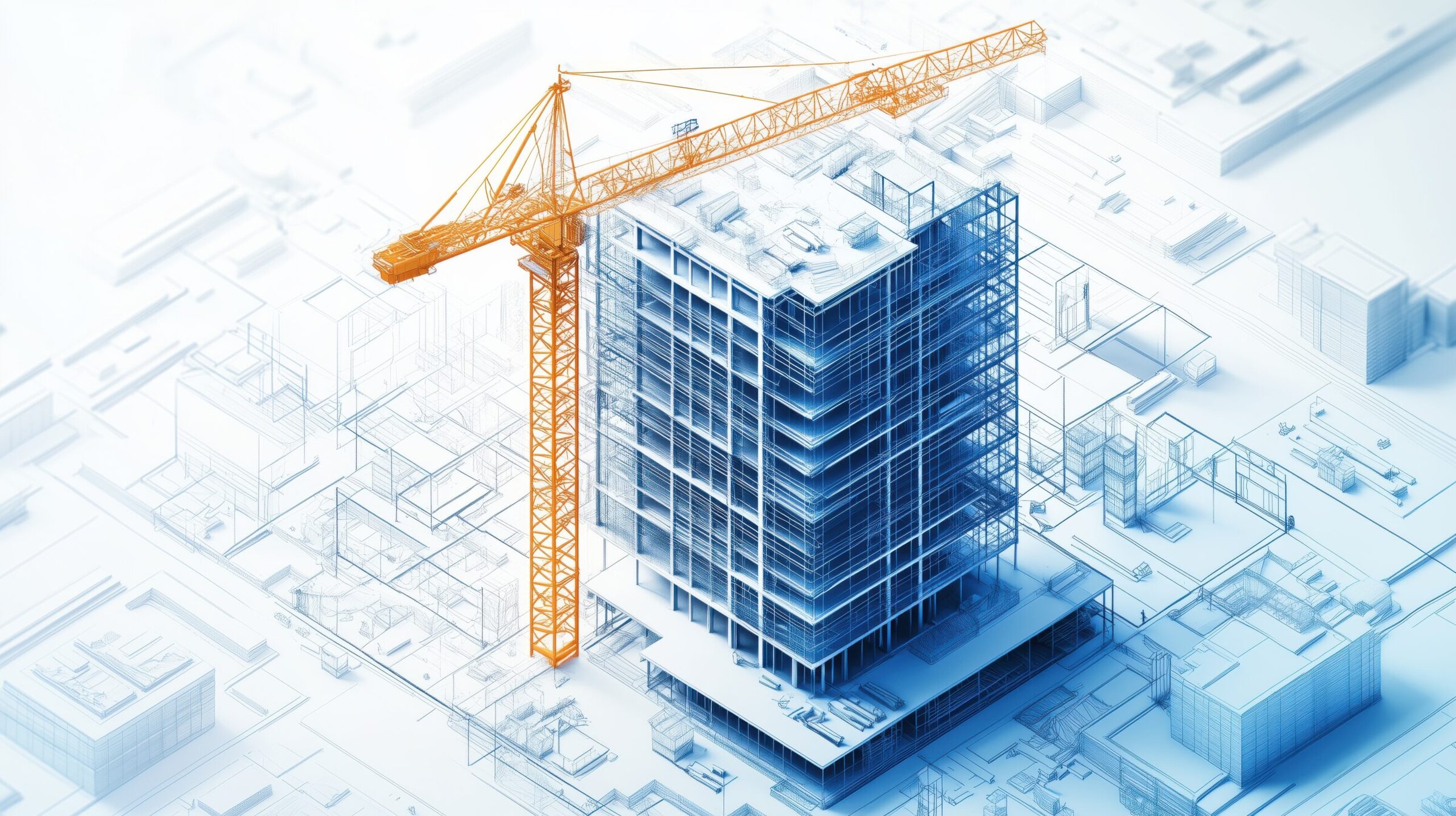Building information modeling (BIM) has been around for a while. Yet the concept and software continue to evolve. New developments — including artificial intelligence (AI) — are pushing BIM to new levels of robustness and relevance. Here’s what contractors need to know.
A collaborative digital tool
Conceptually, BIM aims to create digital multidimensional models of buildings, infrastructure or other deliverables during preconstruction. Stakeholders can then use and update the models during construction to refine the design and manage materials, costs and scheduling.
BIM’s value springs from its capacity to unite project owners, architects, engineers, general contractors and subcontractors under a single collaborative platform. When used optimally, it increases efficiency, reduces costly errors and streamlines communication by enhancing visualization of the deliverable. Imagine the difference between a flat, two-dimensional set of traditional blueprints and a fully manipulable three- or four-dimensional model on a computer screen.
The latest versions of BIM software have evolved markedly from previous ones. Some go beyond three dimensions to four dimensions, meaning the element of time is linked to construction activities. This allows for the development of incredibly detailed project schedules.
Today’s BIM software is also more intuitive, offering user-friendly interfaces and secure cloud-based data storage. Enhanced clash-detection functions reduce the likelihood of design conflicts. Virtual or augmented reality features enable project teams to digitally “walk through” buildings before and during construction — boosting owner engagement and keeping everyone on the same page.
The rise of AI
As you might expect, the rise of AI is impacting BIM. AI now automates many time-consuming data entry tasks that are still necessary to run the software. This saves valuable time for project managers, estimators and other staff, who previously had to deal with these tasks.
Moreover, AI can analyze historical data from similar jobs to deliver predictive insights, noting potential risks and identifying improvement opportunities before work begins. And, as mentioned, it optimizes scheduling by associating time factors with job tasks and accounting for variables, such as weather patterns, supply chain disruptions and labor availability.
AI is also improving the accuracy of modeling data. Complex algorithms can detect design inconsistencies, suggest corrections and adjust quantities of materials based on project parameters. For construction businesses, this means more accurate estimates, precise job costing and improved financial forecasting — all of which help protect your profit margin.
Cost considerations
If your construction company is ready to buy BIM software, approach the purchase carefully. The expense will be substantial, though not necessarily unmanageable. Small to midsize construction businesses may be able to take advantage of flexible, subscription-based pricing models.
That said, you might not even need to buy the software. Project owners and design firms often host BIM platforms, giving general contractors and subs access. If you’re starting to experience this, consider investing in training for the appropriate employees. You’re most likely to encounter BIM on bigger, more complex jobs, as well as those operated under the design-build and integrated project delivery models.
Strategic alignment
The universe is the limit for BIM — especially now that AI is supercharging it. However, work with your CPA to ensure your technology investments align with your construction company’s financial limits and strategic goals.
© 2025


